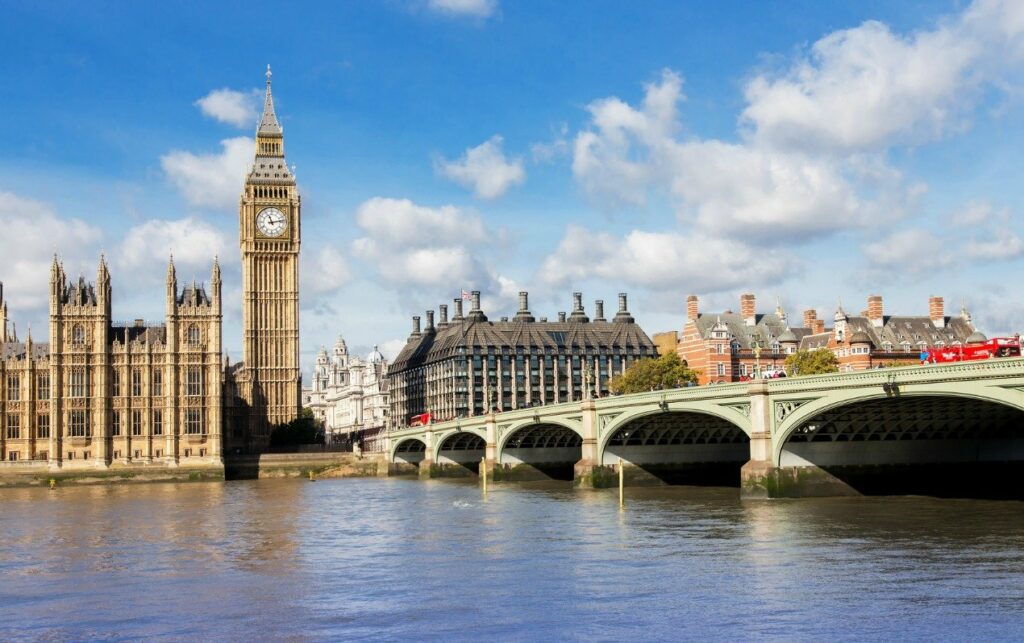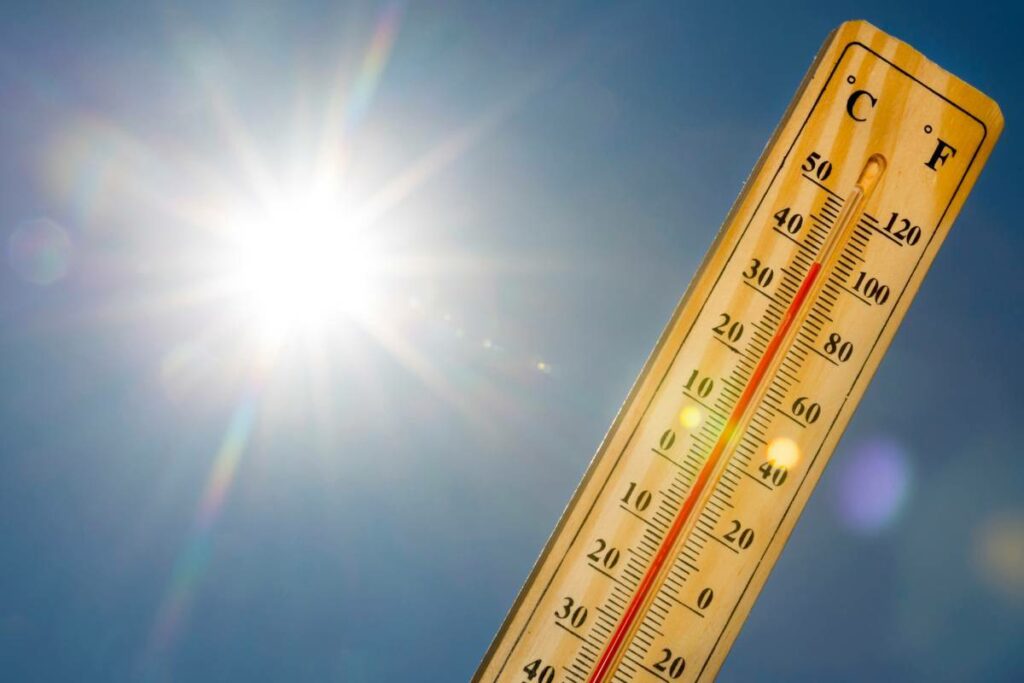It might appear to be an advantage in a public policy debate to tear oneself free of facts. It seems like a useful skill to be able to advance claims that smite your foes without anyone noticing that they technically aren’t true. But actually it’s very dangerous, because facts are, as John Adams said, stubborn things that hang around until noticed. Like this chart of maximum daily temperatures in Canada’s capital over more than a century showing that the trend is… what’s this? Downward?
It shouldn’t be possible. We are continually told that heatwaves are increasing, extreme heat events becoming more common and so on, and indeed that it is precisely because of rising temperatures that formerly unusual events are becoming more common. Which we have pointed out is itself not true. But here we draw attention to the work of Robert Muir, a tireless critic of sensationalist reporting that assumes facts it should have checked, demonstrating that the temperature pattern is quite complex. Including that it rather appears that winter temperatures are increasing but summer maximums are not. Which among other things reveals a decrease not an increase in weather instability.
Ottawa is of course just one place. But Muir shows a similar pattern for Toronto. And Calgary. And raises the issue of Urban Heat Islands distorting the temperatures. Which anyone really interested in figuring out what’s going on would want to explore in an open-minded way. Especially since one known effect of UHIs is to raise low readings more than high ones.
Instead we find Ossa piled on Pelion here, except downward, with the attribution of a non-existent increase in wildfires or hurricanes to a non-existent temperature trend. (As an aside, when pondering data it is important to understand that an increase in named storms can be a measure of storm-naming not storm intensity.) So here we point not just to Muir’s work but, again, to the American Climate Reference Network designed to avoid the UHI problem by depending on rural stations, which shows slight cooling in the continental United States since 2005 (about 0.4°C). And as Ronald Barmby observes in his Sunlight on Climate Change (p. 141) “It seems odd that the only part of the world that is not warming is where the most advanced temperature recordings are being taken, and in the rest of the world where there are poor data, it is warming.”
Such a thing does not mean that there has not been warming since 1880, that the United States cannot be an outlier, nor indeed that there is not a current warming trend. But it does mean any suggestion that the effects of warming are more visible in the United States today than 15 years ago because it’s measurably hotter now is just plain counterfactual. And at some point the people who do not concern themselves with facts make the disconcerting discovery that their supposed rhetorical skill has severed their connection with credibility and hurt them not their foes.
The situation goes much further than this brief sketch outlines. As Judith Curry recently suggested in a “5 minutes” piece summarizing the supposed “climate crisis”: “In a nutshell, we’ve vastly oversimplified both the problem and its solutions. The complexity, uncertainty, and ambiguity of the existing knowledge about climate change is being kept away from the policy and public debate. The solutions that have been proposed are technologically and politically infeasible on a global scale.” And when people find out, they feel cheated.
When they find out, for instance, that “The sensitivity of the climate to a doubling of carbon dioxide has a factor of three uncertainty. Climate model predictions of alarming impacts for the 21st century are driven by an emissions scenario, RCP8.5, that is highly implausible. Climate model predictions neglect scenarios of natural climate variability, which dominate regional climate variability on interannual to multidecadal time scales. And finally, emissions reductions will do little to improve the climate of the 21st century; if you believe the climate models, most of the impacts of emissions reductions will be felt in the 22nd century and beyond.”
All of which matters. But so does the mundane fact that Ottawa’s maximum temperatures aren’t going up as you’d surely expect if the claims you keep hearing are true or were based on a serious effort to make true statements.



Quick - Hide The Decline!!!!
Quick - Deny the Deceit!!!!
Quick - deny the facts
Quick- deny the mann....et al!
It would be comforting to have the net zero proponents pay attention to the growing chorus of 'pure' scientists (physicists, chemists, mathematicians) who are finally pointing out that the 'math just isn't there' to demonstrate global warming is caused by Co2.
Scientific study, (...ology), is the direction we went in high school because we couldn't do the math in physics or chemistry, so we took biology instead. Much easier to dissect a frog than to understand Newton's three laws.
Even a basic understanding tells us that the warming notion is aspirational at best.
To find the causes of climate we can look to: gravity, electromagnetic activity ( lightning strikes & sprites), the magnetosphere, the sun, space weather, the jet stream, orbital fluctuations, lunar fluctuations, earth's wobbly polarity etc.
About 80 years is the time window for earth to pass through the center of the galactic plane. We have another 40 years to go. Expect more crazy weather & more scientifically unrigorous claims to reach a fever point. The ' ologists' may very well destroy democratic capitalism by 2050 which is exactly what China is counting on for their 100 yr. Communist anniversary.